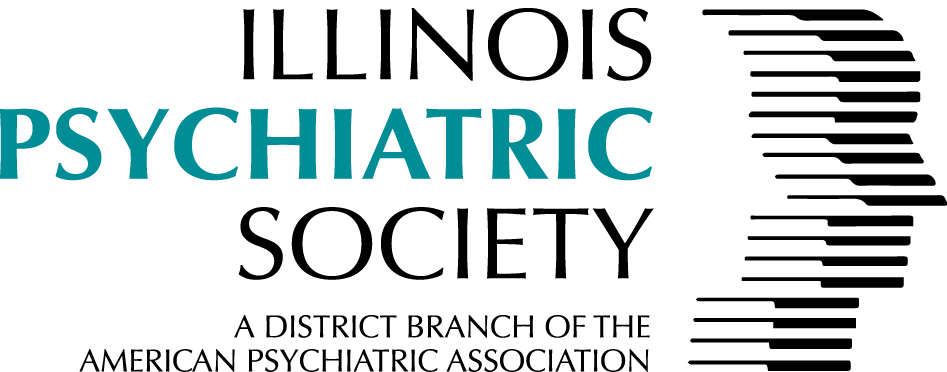Electronic Summer 2023 | Issue 55
Aftersun: A look at depression and its impact on patients and their children
By: Nithin Edara
Depression is a ubiquitous disease affecting a growing proportion of the population each year. While being so omnipresent in society, it is rarely visualized and presented as thoughtfully and realistically as in Charlotte Wells' debut film Aftersun.
Set predominantly in a Turkish resort town, the film rewinds us back 20 years into the memories of a woman, Sophie, as she watches home videos from a trip she took with her father Calum (Paul Mescal). Through the course of this film, Wells carefully peels back the layers of Sophie's father, showing us his struggles with mental health. While the plot may not seem interesting based on that description, Wells' use of direction, framing, music choices, editing and Mescal’s performance elevate the film to a brilliant cinematic level. While one could spend hours breaking down the brilliance of this film, I want to focus on the portrayal of depression and its impact on families. There is no way of speaking on this topic further without spoiling the film, so before reading further I would recommend everyone interested to stop reading here and seek out this film before returning to this article.
Early in the film, we begin to realize that Calum is not well. We see him not sleeping well, feeling down, engaging in some risk taking behavior, and feeling extremely guilty - all while he is trying to show his daughter a good time on this vacation. What is especially interesting about Aftersun, however, is the perspective Wells' uses to showcase these symptoms of depression. The camera is very intentionally and precisely placed to show the perspective of Sophie, oftentimes with Calum off the frame or in obscure angles where only a child may be looking. We begin to understand Callum’s illness through Sophie’s perspective as she remembers this trip. As the film progresses we, as the audience, begin to develop the same sadness, frustration, fear, anger, and helplessness Sophie would be feeling as she recalls these memories. These feelings culminate to one of the most heart wrenching and beautiful moments in film, as Wells' reveals that this trip was the last time Sophie saw her father alive before he succumbed to his mental illness. It not only puts the audience in Sophie’s perspective, but allows the audience to understand the effect mental illness can have on a patient’s family. Through this up close and personal tale, we can see the magnitude of a family history of depression and suicide and its lasting effects on the those who have lost people due to mental health issues.
Oftentimes in films about mental health, there is a reliance on the actors to tell us how they feel with very little intention with direction, acting, and other tools at the disposal of filmmakers. This film has such a clear control and understanding of itself that it can navigate not only the complexities of depression through visual filmmaking but it can also make its audience comprehend the impact depression can have on a person’s loved ones.

